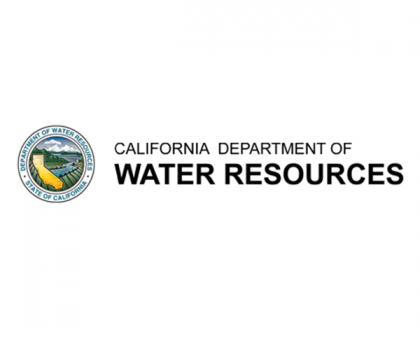2022 Shultz Energy Fellowships: California Department of Water Resources
Regional-, state-, and city-level efforts are essential in our fight against climate change, especially in the field of energy. Stanford University is committed to helping by integrating its students into energy and climate ecosystems in the West through the Shultz Energy Fellowships program (formerly Stanford Energy Internships in California and the West), an energy-related summer fellowship program for undergraduate and graduate students.
Named in honor of former Secretary of State George P. Shultz, one of the most widely admired American public servants of the past half-century, the program offers a suite of paid, energy-related public service fellowships for Stanford students in California, Colorado, Utah, and Hawaii during the summer.
The fellowships run from Monday, June 20, 2022 to Friday, August 26, 2022.
Organization/Agency mission or role in state government
The State Water Project (SWP) is one of the largest water and power systems in the world. It is a water storage and delivery system of reservoirs, aqueducts, power plants, and pumping plants extending more than 700 miles—two-thirds the length of California. It conveys, on average, 2.4 million acre-feet of water annually to 29 long-term water contractors serving 27 million customers and 750,000 acres of farmland. The SWP consist of 21 pumping plants, 8 hydroelectric power plants (includes three pumped storage plants), 25 dams, and 34 reservoirs. This infrastructure includes USA’s highest earth-filled dam (Oroville Dam) and the largest single lift pumps (close to 2000 feet) in the USA, used to move water over the Tehachapi Mountains into Southern California. Though the primary purpose of the SWP is water supply, the project produces hydroelectric power to operate pumping facilities required to move water from Northern to Southern California, and also sells power when it generates a surplus of electricity.
The State Water Project Power and Risk Office (PARO) is responsible for strategizing future power portfolio projects and procuring long-term power and transmission resources for the project. The objective is to have a process in place to plan the SWP portfolio of energy resources to ensure reliable, efficient, and cost-effective delivery of water to State Water Contractors. To be able to accomplish these goals there is a need to closely follow and adapt strategies to the energy markets’ evolution and market design changes, energy price profiles, renewables development costs, reliability obligations and mandates. There are some key drivers in the power market, and the SWP needs to track, analyze, and adjust its operations strategies to mitigate future impacts on SWP power portfolio.
Potential Projects
Conduct power planning study for SWP operational strategy: The Power and Risk Office is continuously performing power planning studies to assess and propose changes to SWP setup, and operational strategies that would better position the SWP to adapt to power market evolution in design, price trends and participation opportunities. These studies include modelling future SWP operations and assessing the viability of retrofits and capital improvements needed to add flexibility to the system to better participate in future energy markets. Examples of current studies include, but not limited to, water demand side flexibility, energy and pumped storage modeling, Integration of variable speed pumps, integration of battery storage and solar generation at select pumping plants.
DWR aniticipates staff will have a remote work policy for summer 2022.
Mentor
- Ghassan ALQaser, Ph.D., Chief, Power and Risk Office
2021 Fellow
- Mo Sodwatana PhD '25, Energy Resources Engineering
- Learn more about Mo's experience at DWR:
- View Mo's final project.
- Basic knowledge of power engineering and economics
- Basic knowledge of the CAISO energy market
- Basic knowledge of California energy and climate policies and Integrated Resource Planning (IRP)
- Strong written and oral communication skills
- Quick and eager learner
- Preferred: Modeling, analytical skills using quantitative analysis and computer software, etc.
- All Shultz fellows must be enrolled in the spring quarter before their fellowship.
- All Shultz fellows must take a one-unit spring workshop course, 'Energy Policy in California and the West' taught by Professor Bruce Cain that will provide an in-depth analysis of the role of California state agencies, the Western Interstate Energy Board, and the Western Electricity Coordinating Council in driving energy policy development, technology innovation, and market structures. Course number is CEE 263G / POLISCI 73 / PUBLPOL 73 / ENERGY 73. Schedule: Wednesdays from 9:45 am - 10:45 am (Shriram Ctr BioChemE 108).
Please note that this opportunity is for graduate students. Interested undergraduate students can apply via SIG.
